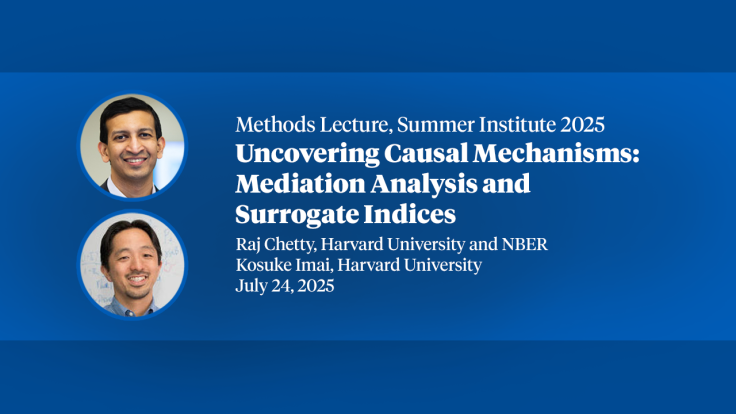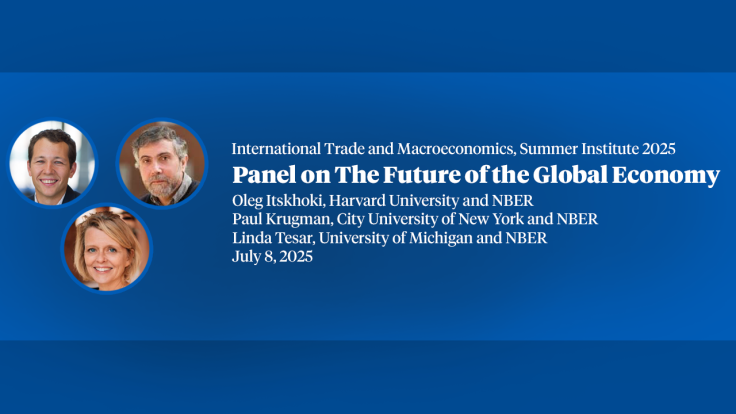Williamson and Coase: Transaction Costs or Rent-Seeking in the Formation of Institutions
In 1960, Ronald Coase offered a decentralized bargaining framework for reducing transaction costs in externality mitigation. Subsequent US environmental policies have not made it primary. Policies are centralized and prescriptive. To explore why, I examine the Clean Air Act Amendments of 1970, 1977, 1990, the most wide-ranging US environmental law; the Magnuson-Stevens Fishery Act of 1976, the primary US fishing regulation; and the Endangered Species Act of 1973, suggested to be the most powerful conservation law in the world. It is commonly asserted that the transaction costs of Coase are high relative to command and control. I find no empirical support for this claim; it is not tested; nor does it appear in legislative histories as justification for observed regulation. Prescriptive controls may involve higher transaction costs than Coase. Relevant externalities often are local where information about abatement costs and benefits would be available and costs of defining and trading decentralized property rights potentially lower than in the political arena with larger numbers of heterogeneous parties and objectives. Rent-seeking by political agents rather than transaction cost reduction dominates policy selection. Coase’s efficient collaborative problem solving has not been realized. Although the three laws provide public goods, they appear costly on the margin, inequitable, and mired in political controversy. High costs in all three laws is a key empirical finding. Predictions for policy formation motivated by transaction cost reduction or rent-seeking guide the analysis.


